- No.609, Centre Of Huijin Nanxiang, Yinxiang Road, Nanxiang Town, Jiading District, Shanghai, China
- sherry@sanmachines.com
- +86-18616767021
Comparison of common metal cutting processes!
In recent years, my country's manufacturing industry has developed rapidly. As a core process of the manufacturing industry, the efficiency and quality of metal processing will greatly affect the development of the manufacturing industry. Metal processing is to process the metal base material into a whole plate, and then cut the whole plate according to the type of parts. The common metal cutting methods at present are: flame cutting, laser cutting, wire cutting, shearing machine processing, plasma cutting and water cutting. This article mainly introduces the differences between the common cutting processes at present, for your reference only.
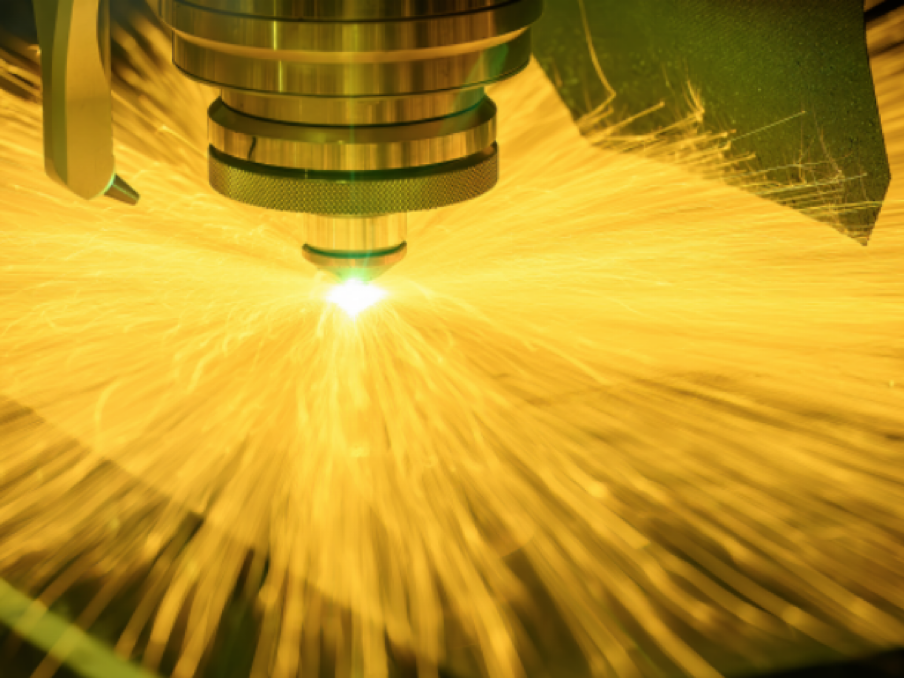
Flame cutting: At present, flame cutting is mainly a technology for thick plate processing. Flame cutting has great advantages for metal plates above 50mm, but it has its shortcomings in thin plate cutting. The accuracy of flame cutting is not high. The heat effect of thin plate cutting is very large, the deformation is obvious, and even direct melting is required. If you want to use flame to cut a very ideal workpiece, this has high requirements for the operator's skills.
Laser cutting: Laser cutting equipment was initially aimed at the thin plate field. The cutting speed of thin plates within 5mm is fast and the precision is high. Now high-power laser cutting equipment can process plates within 50mm, and the cutting effect is better than flame cutting. At present, the speed of laser cutting is faster than other similar cutting processes, and the accuracy can be controlled within ±0.05mm, but the equipment cost investment is high, and the cutting effect in the thick plate field is not ideal.
Wire cutting: Wire cutting is also called electric spark wire cutting. It is developed on the basis of electric spark perforation and forming processing. Wire cutting can cut regardless of material thickness and hardness, and can also process complex graphics, and the accuracy is comparable to laser cutting. Wire cutting also has certain shortcomings. It can only process conductive materials, the cutting efficiency is slow, and it can only process a few millimeters per minute. The processing can only be vertical, not horizontal, and the overall processing method is limited.
Shearing machine: The shearing machine uses the moving upper blade and the fixed lower blade, and adopts a reasonable blade gap to apply shear force to metal plates of various thicknesses, so that the plates are broken and separated according to the required size. The processing accuracy of the shearing machine is moderate, which is very advantageous compared to flame cutting, and the processing efficiency is also outstanding. However, the shearing machine can only process in a straight line, and cannot do arc processing and complex graphics processing.
Plasma cutting machine: Plasma cutting is a processing method that uses the heat of a high-temperature plasma arc to partially or partially melt the metal at the cut of the workpiece, and uses the momentum of high-speed plasma to remove the molten metal to form a cut. The plasma cutting machine has a large cutting thickness, a small cutting deformation, and does not require preheating. The equipment cost is relatively low compared to the laser cutting machine. However, the precision error of the plasma cutting machine is large, the light pollution is obvious during the cutting process, and the noise and dust pollution cannot be avoided.
Ultra-high-pressure water cutting: Ultra-high-pressure water cutting is also called water knife and water jet. It is a high-energy water flow generated by ordinary water after multi-stage supercharging, and then through an extremely fine ruby nozzle, it is sprayed and cut at a speed of nearly one kilometer per second. This cutting method is called ultra-high-pressure water cutting. Water cutting is highly versatile and can cut almost all materials. There is no thermal impact on cutting, and the material cut surface is flat and deformed. However, water cutting has a high cost of use, requires a lot of water and sand for cutting, and seriously pollutes the environment. Because it carries water during cutting, it is easy to rust when processing carbon steel, and it is troublesome to maintain later.
Related product links


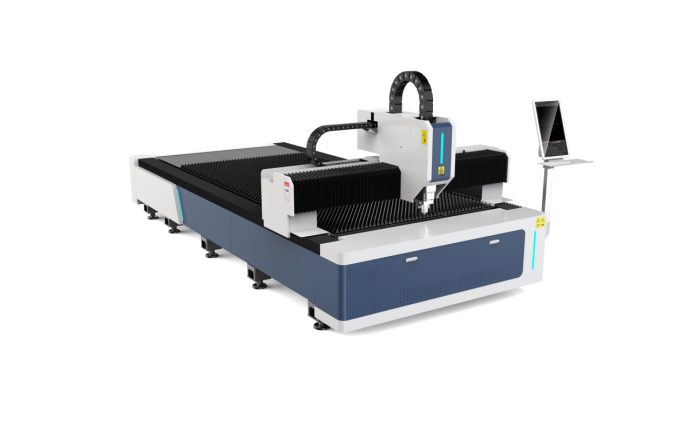
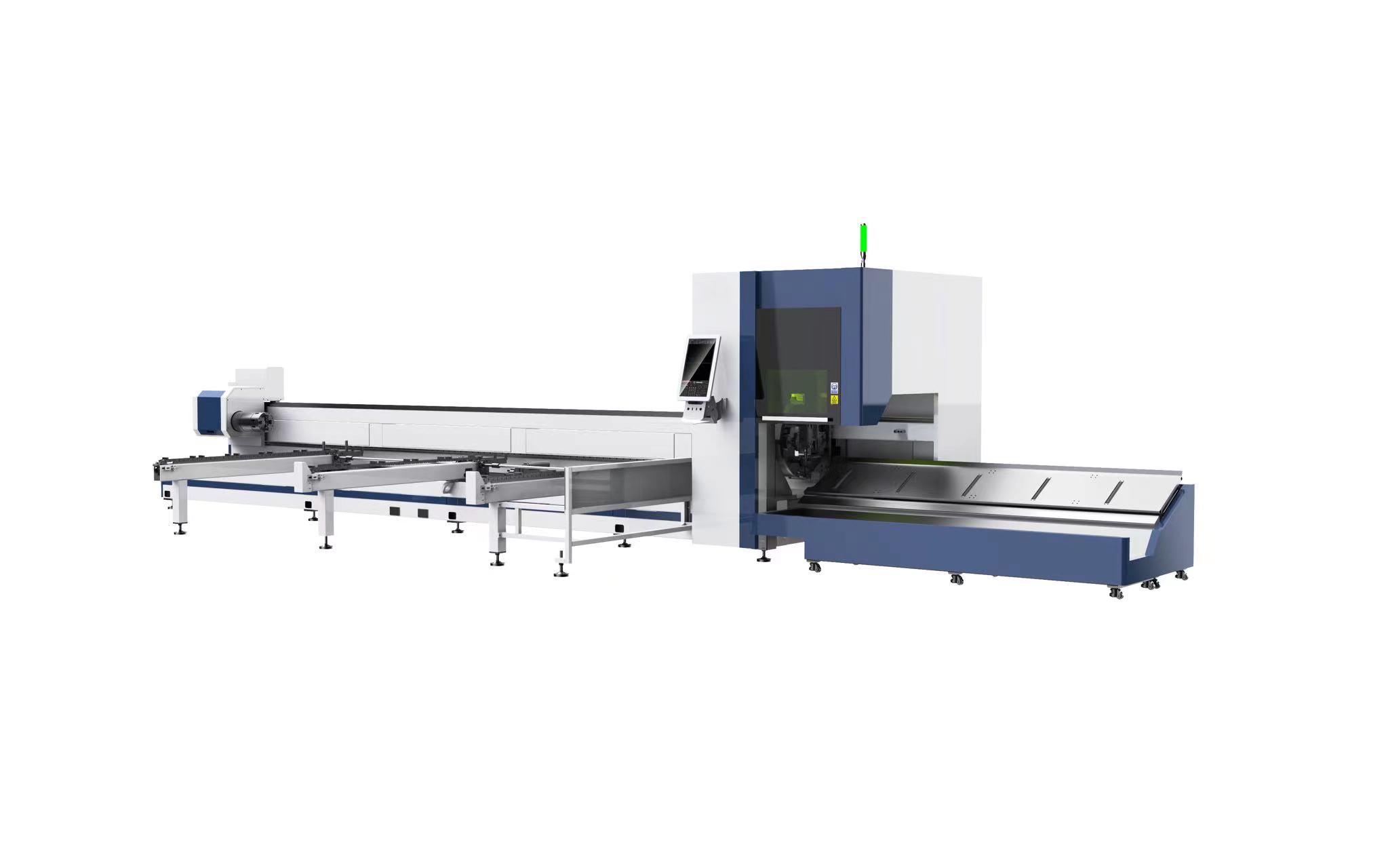
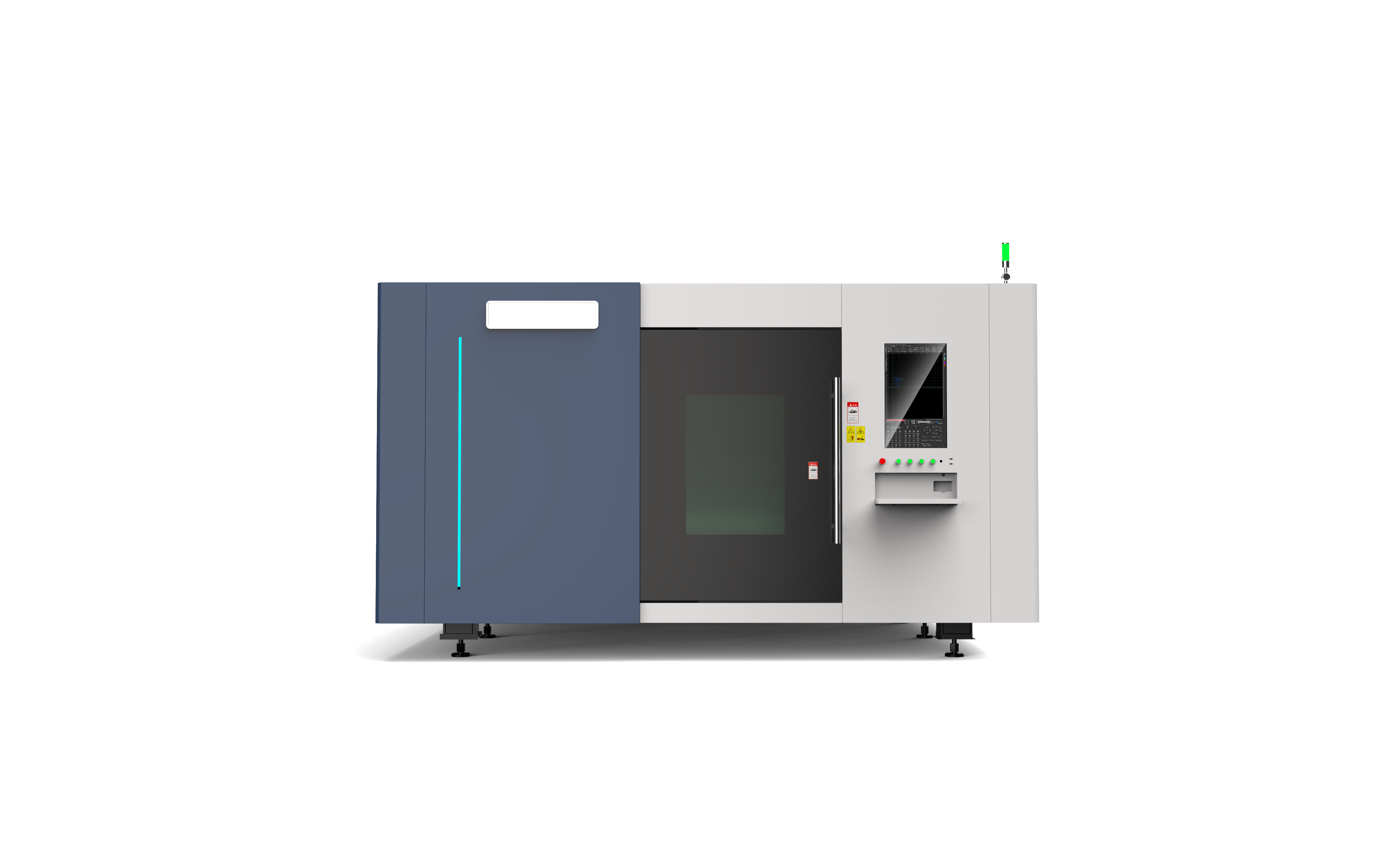

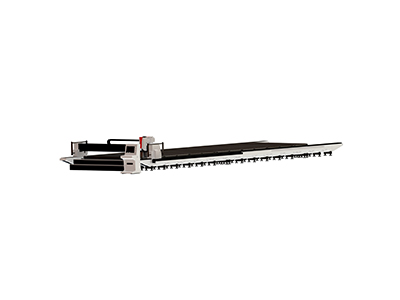
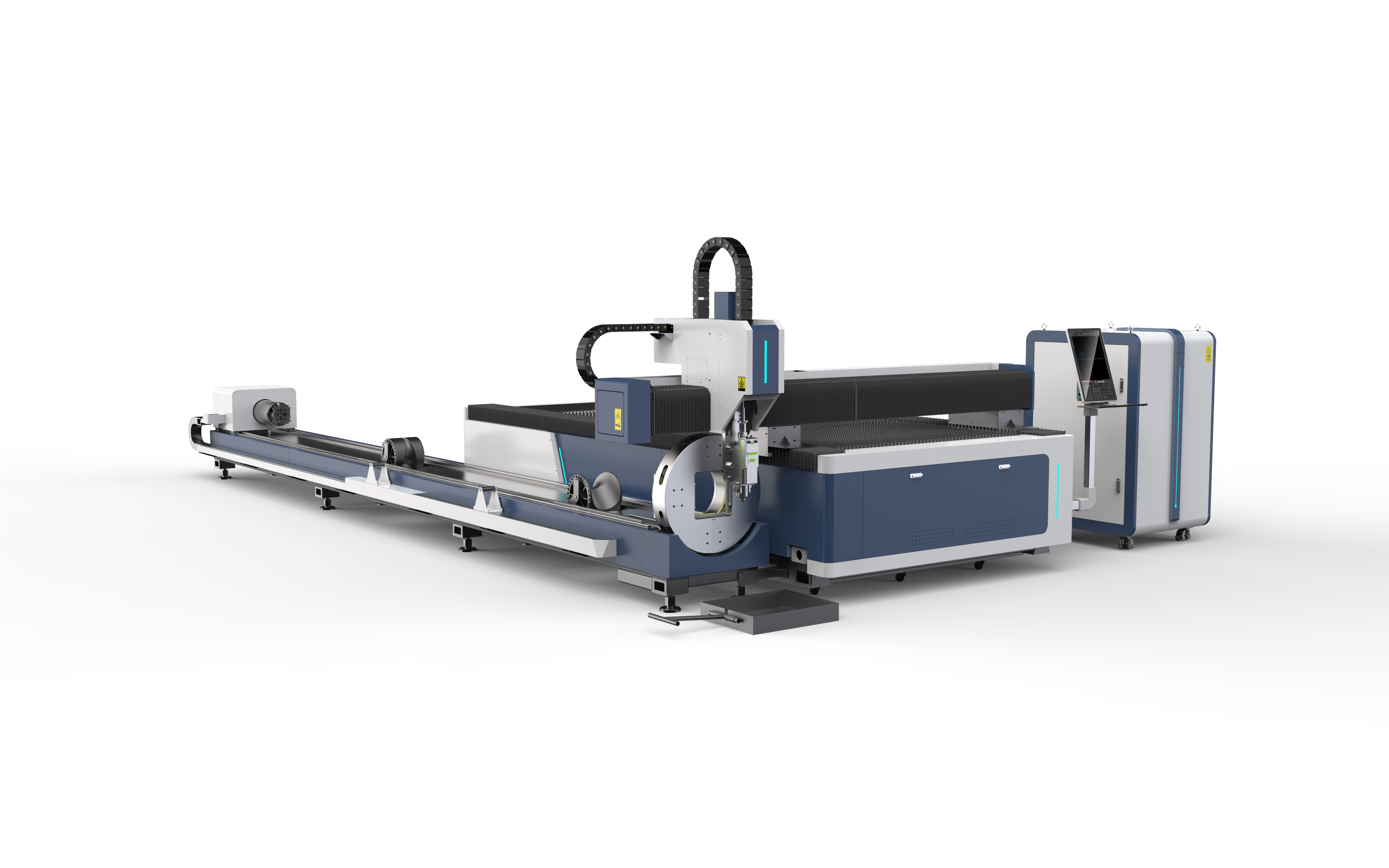
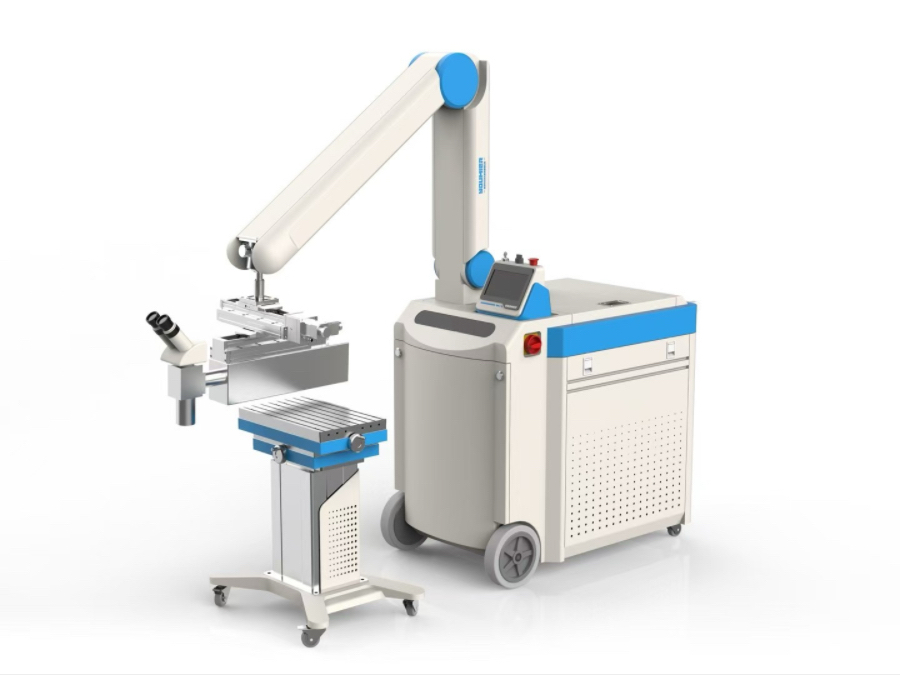
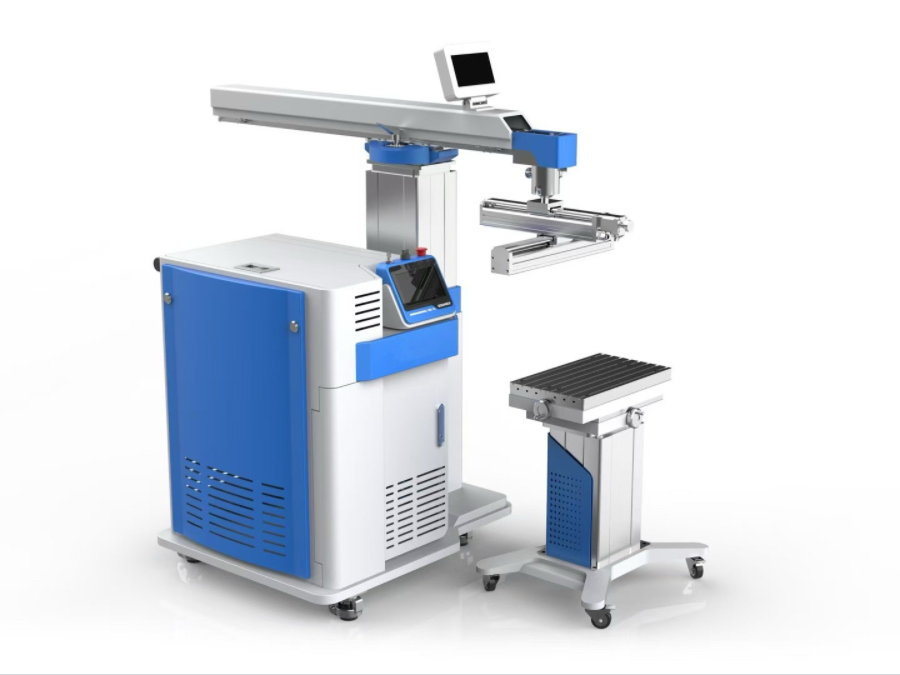
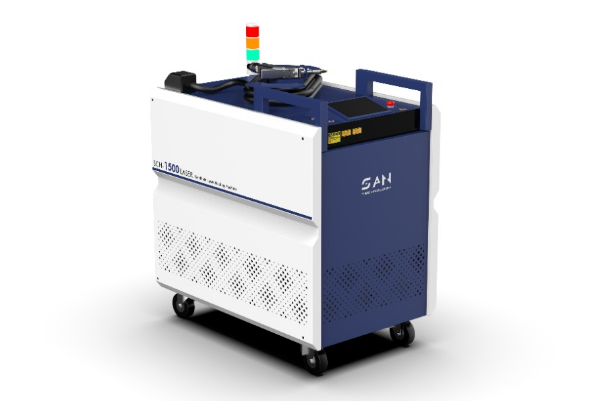
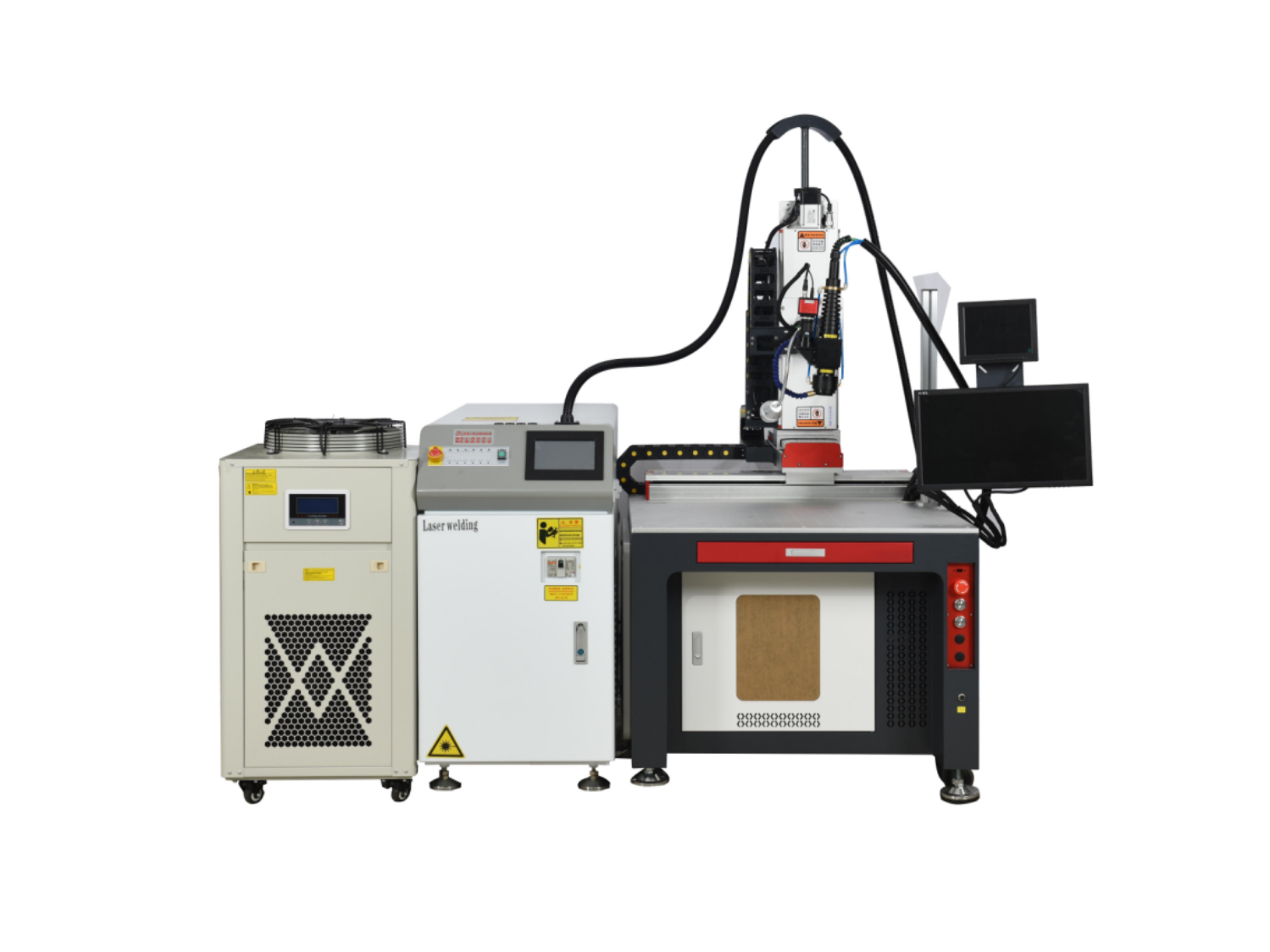
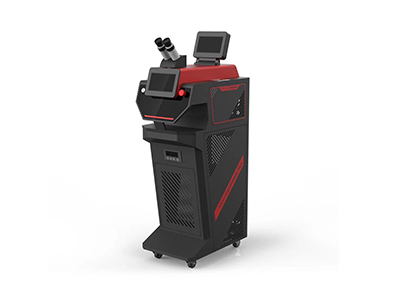
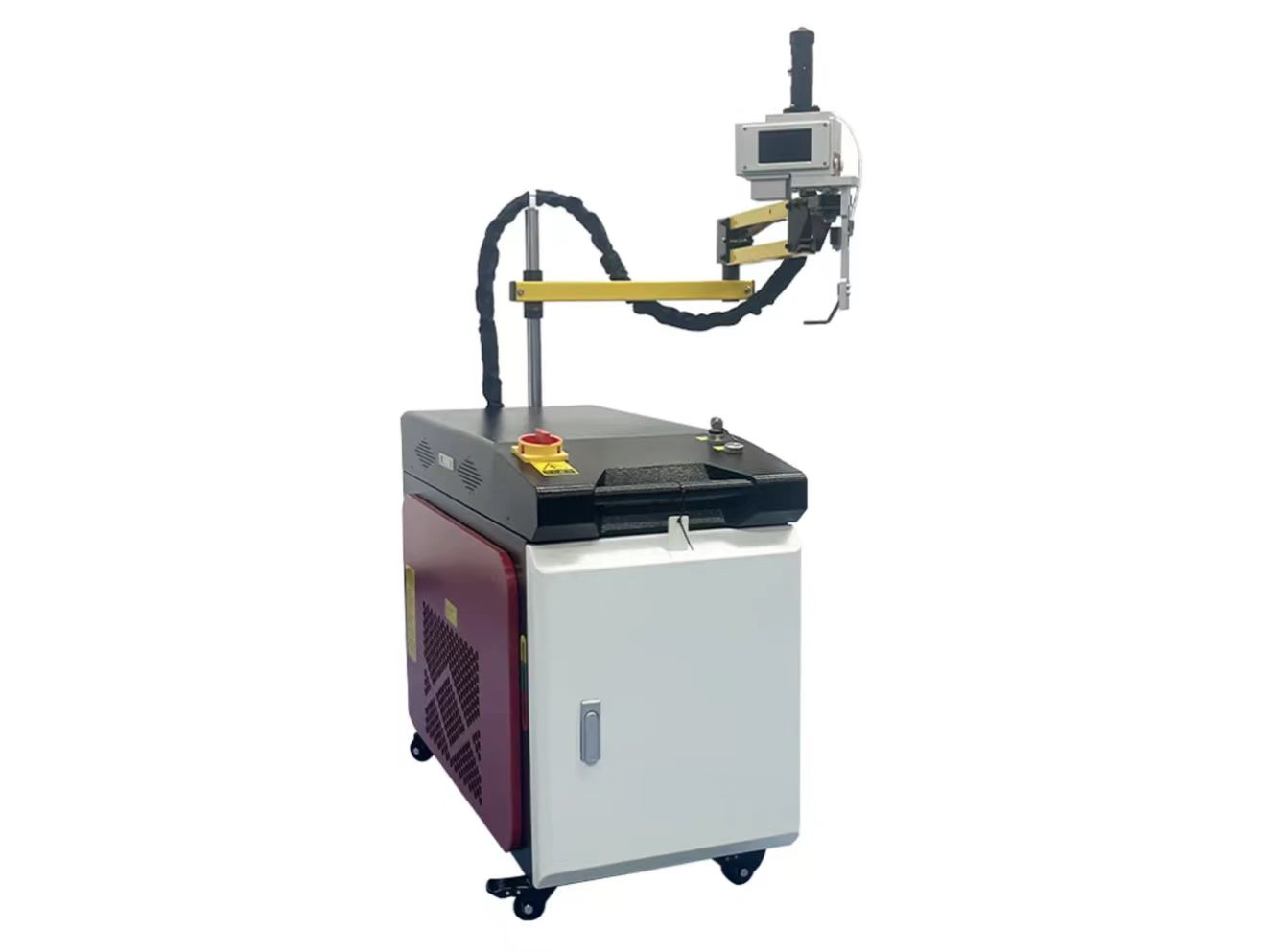
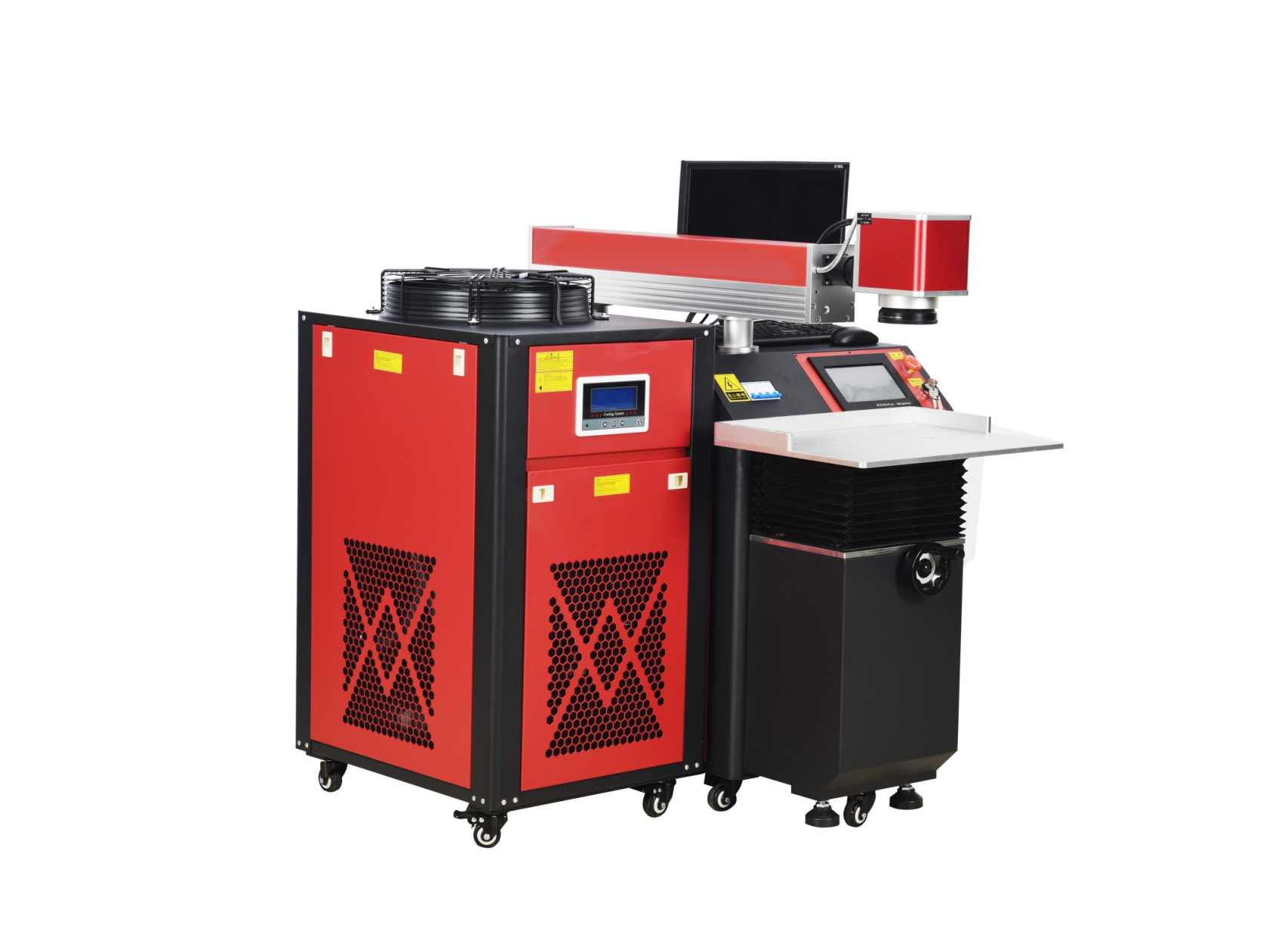
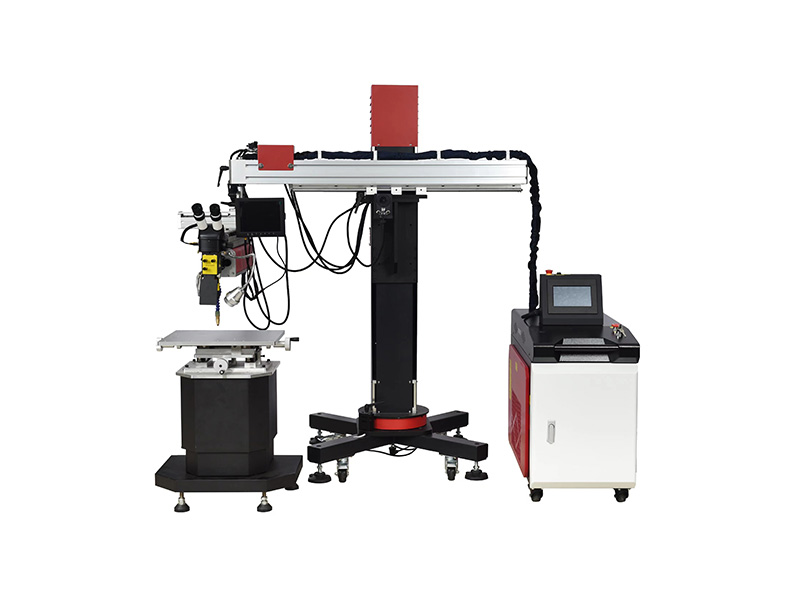
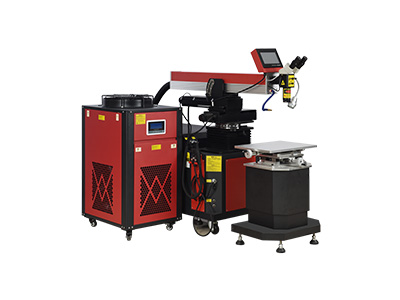

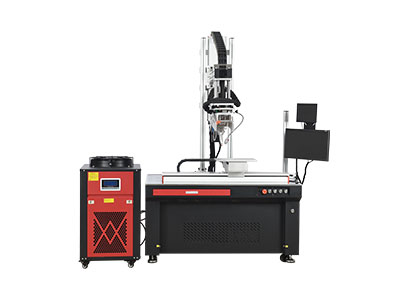
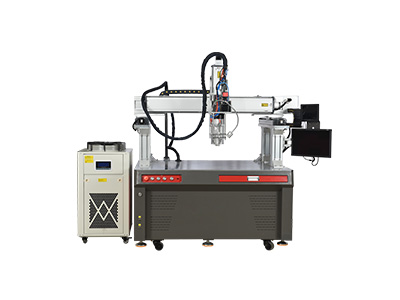
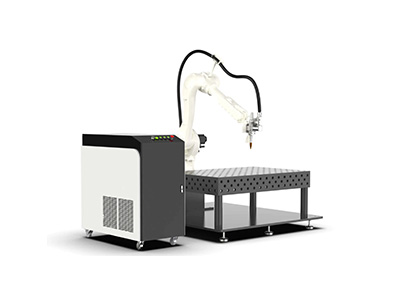
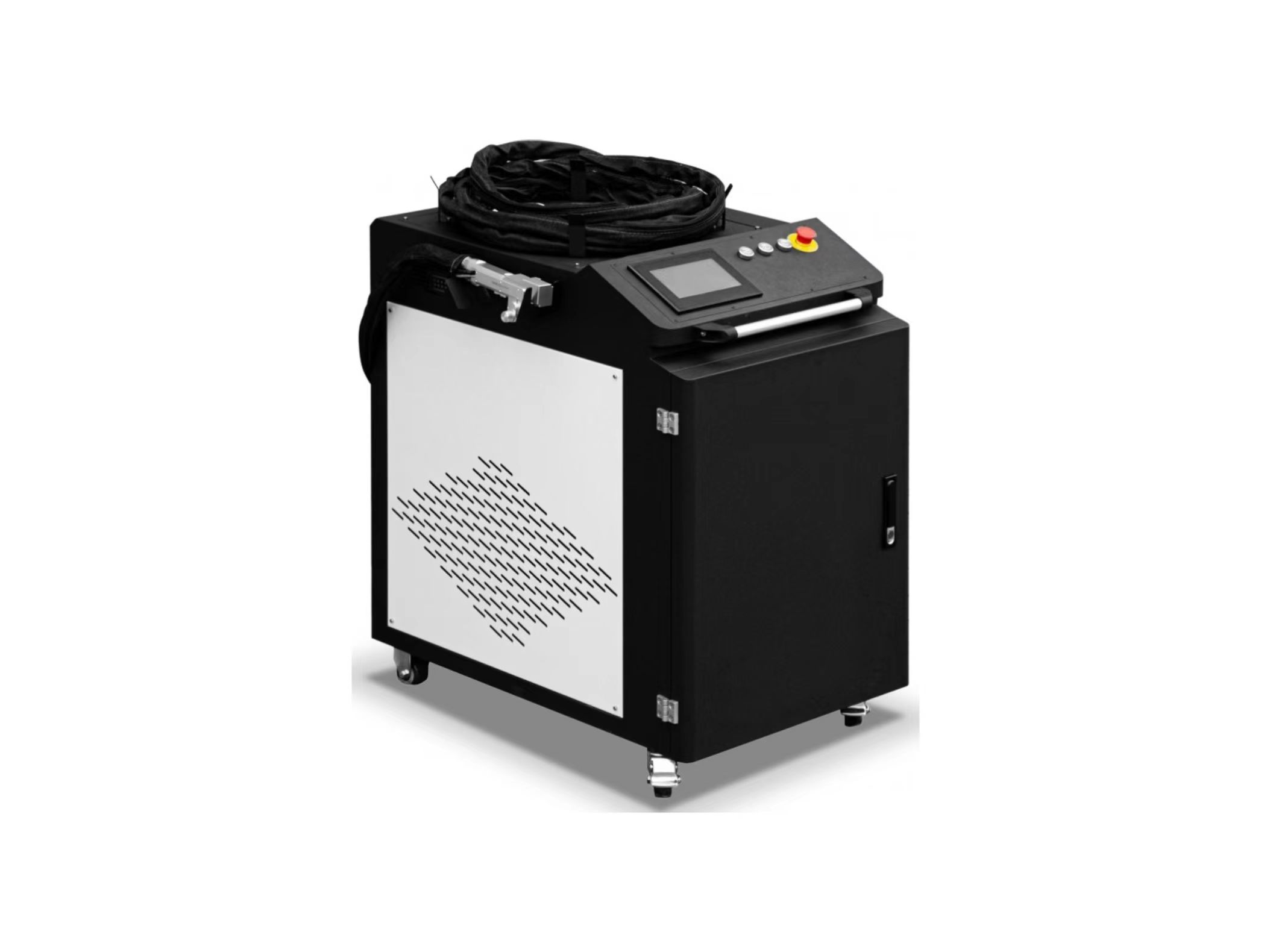
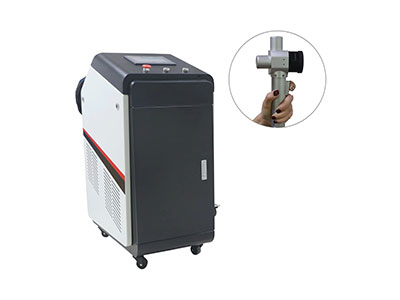
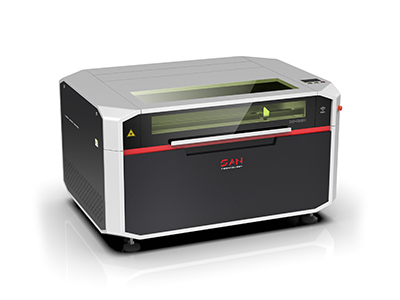
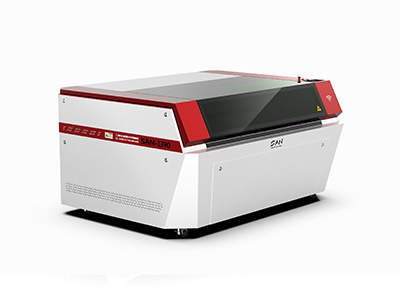
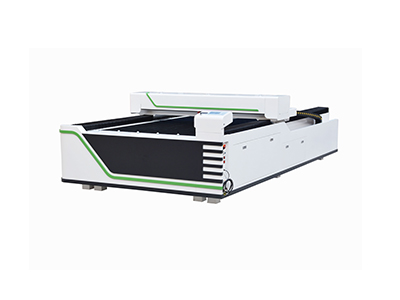
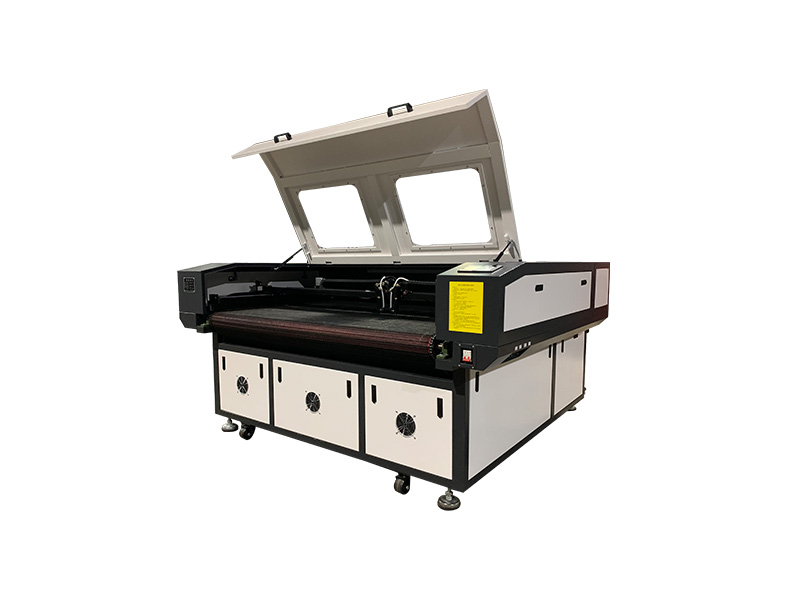
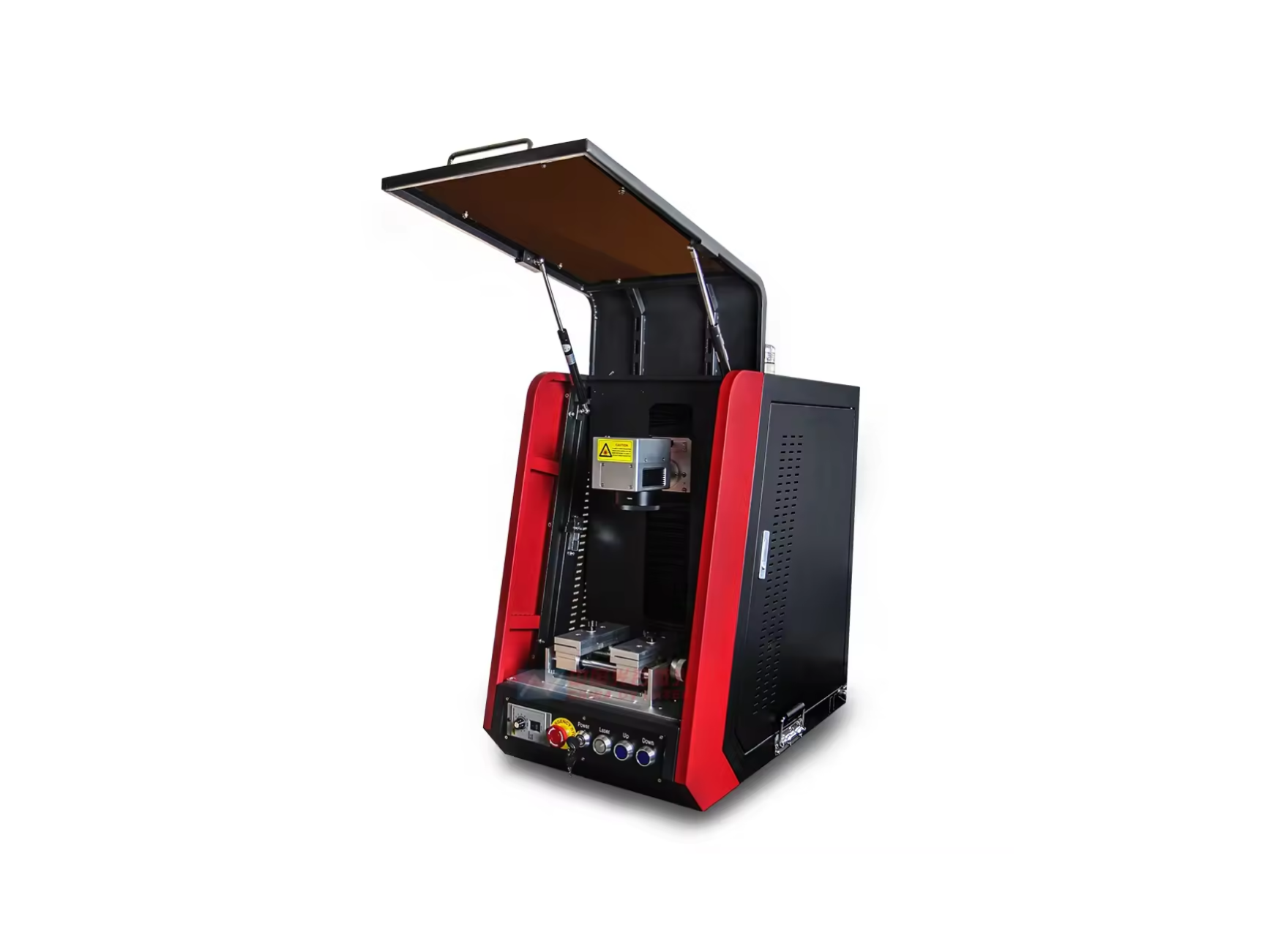
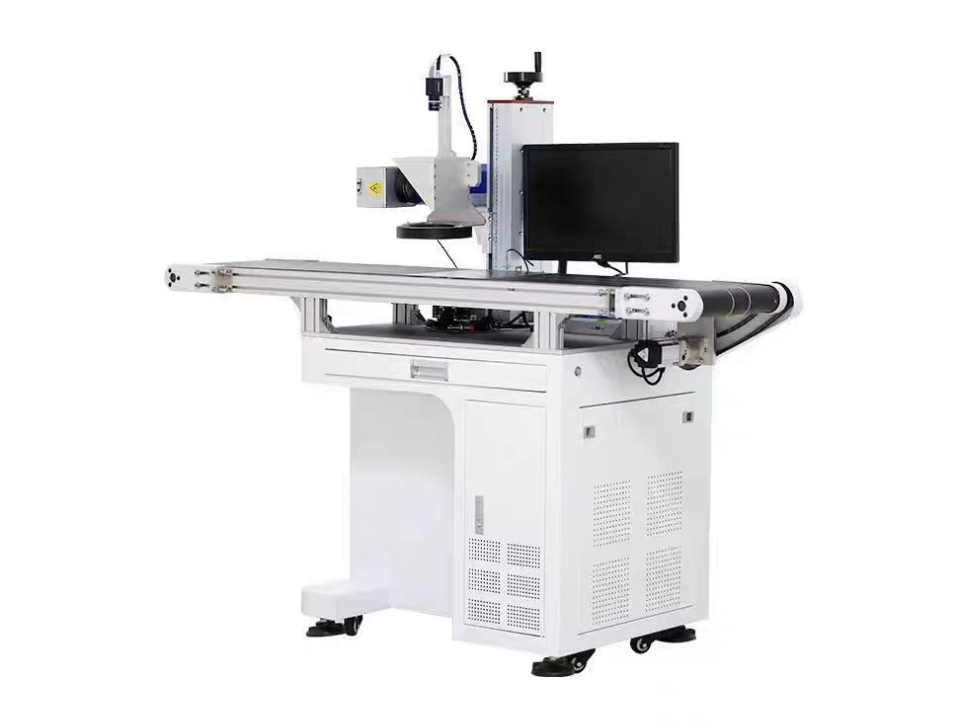
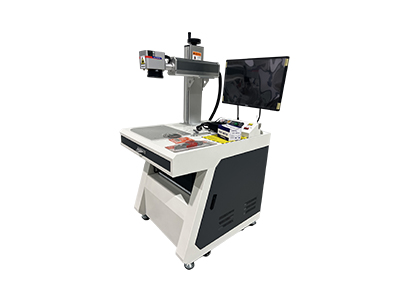




 Cutter News
Cutter News




